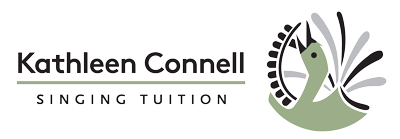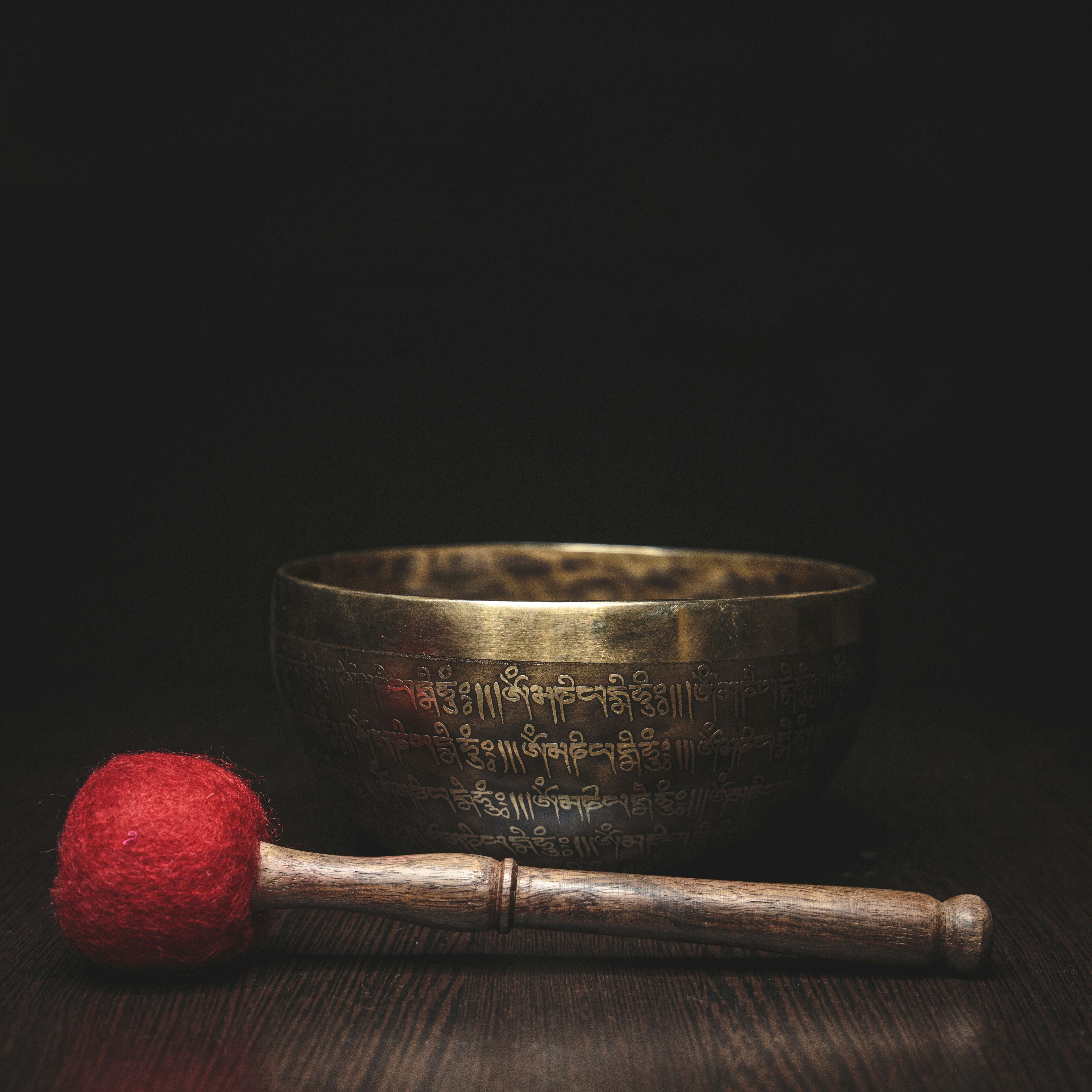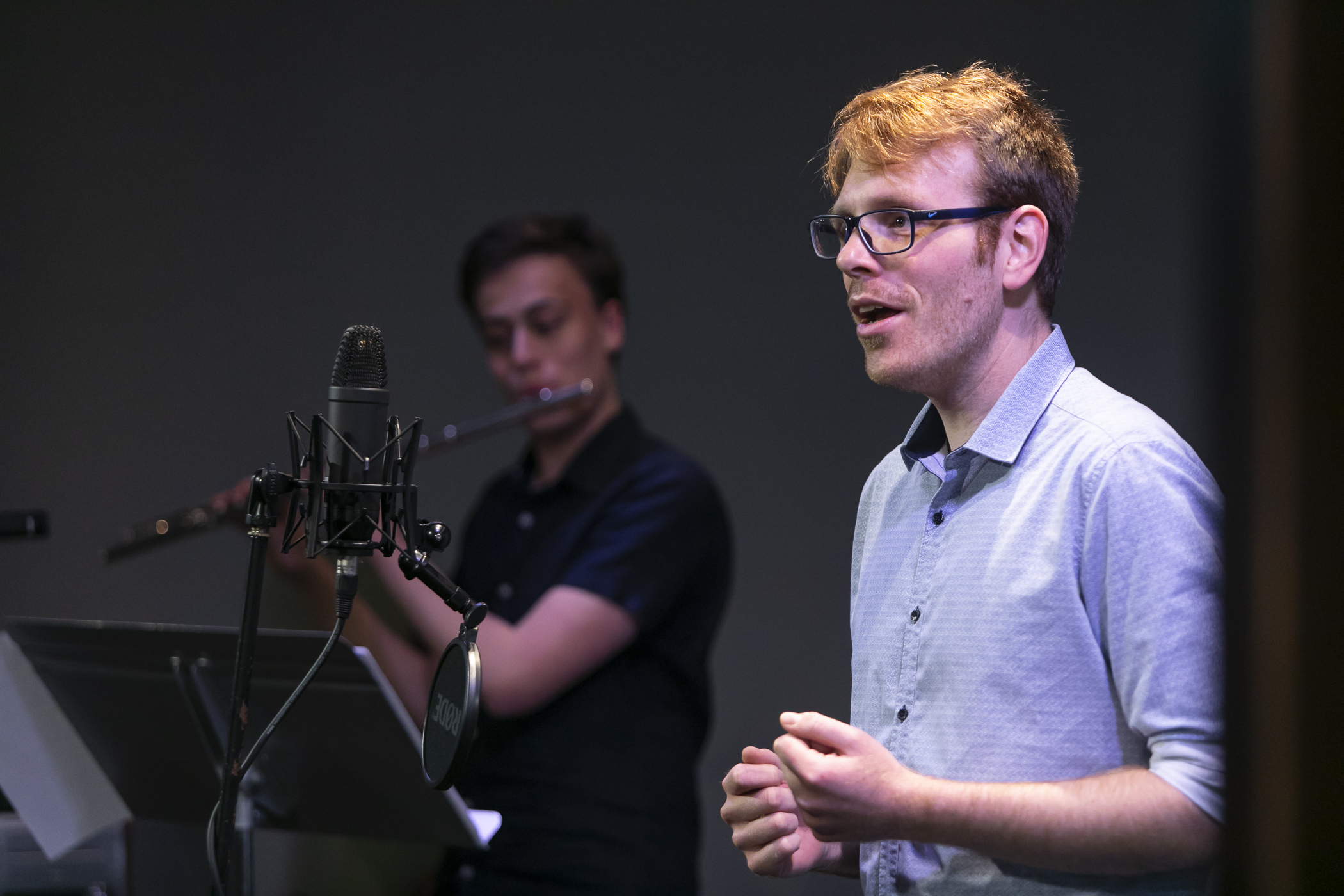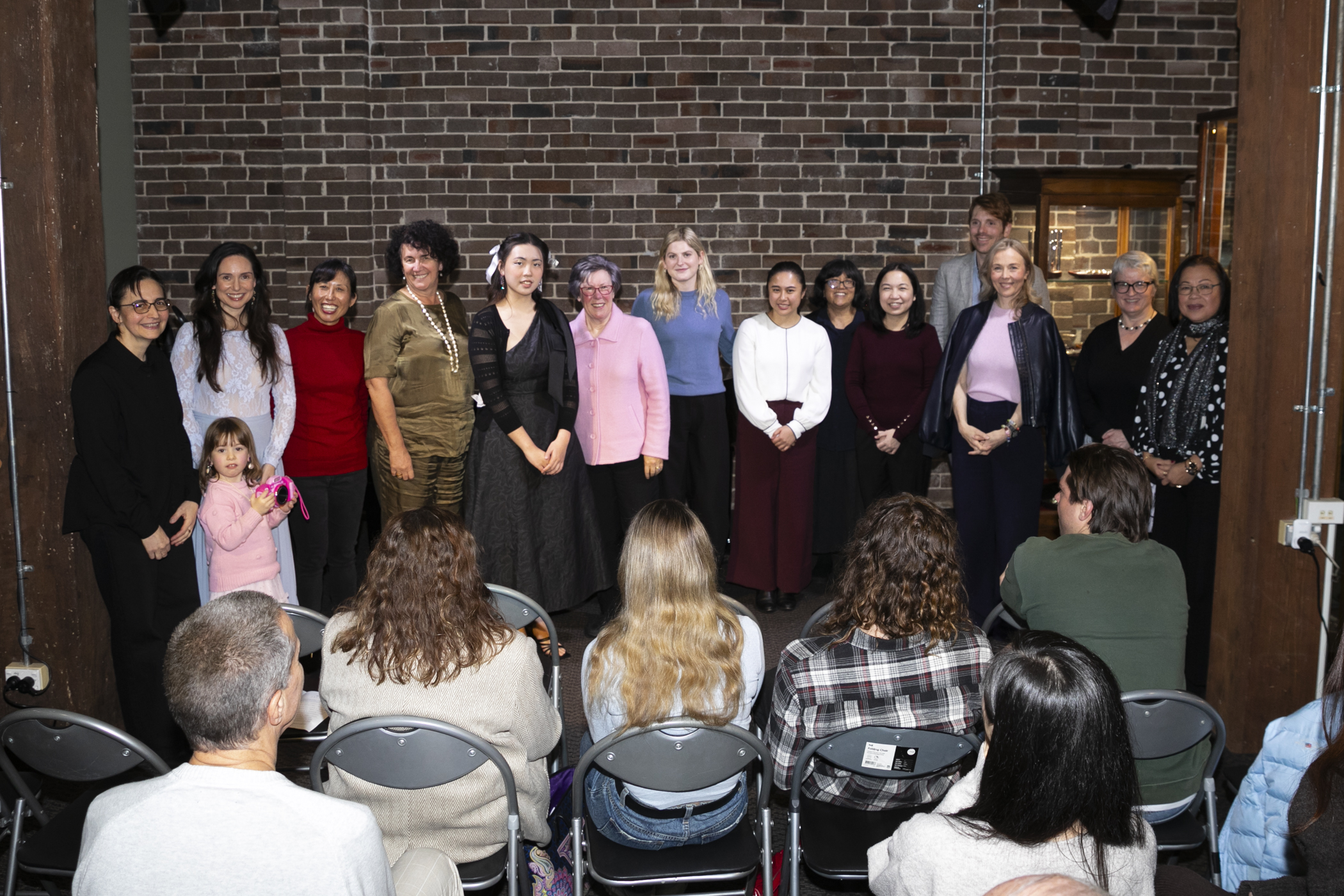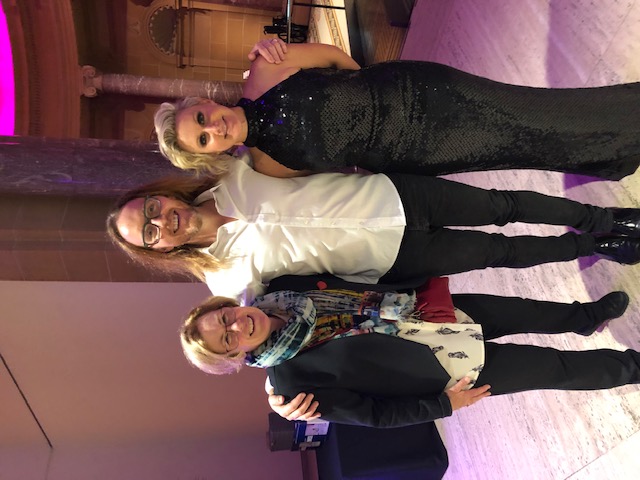Embrace your big sound: How to create resonance in singing
Resonance is essential for singing that people – including yourself – love listening to. Beginner singers can find resonance confronting though, as they get used to the idea of being loud and being heard. When I ask singers to make a ‘resonant sound’, they can be perplexed by the term; and learning to embrace your ‘bigger sound’ can take time, requiring work not only on your vocal technique, but your mindset. Studio singer, Gemma describes finding her resonating voice as, “Getting used to being one of those annoying people who make a bigger sound”. For Virginia, it’s about “Letting myself relax more and ‘owning’ the power in my voice.”
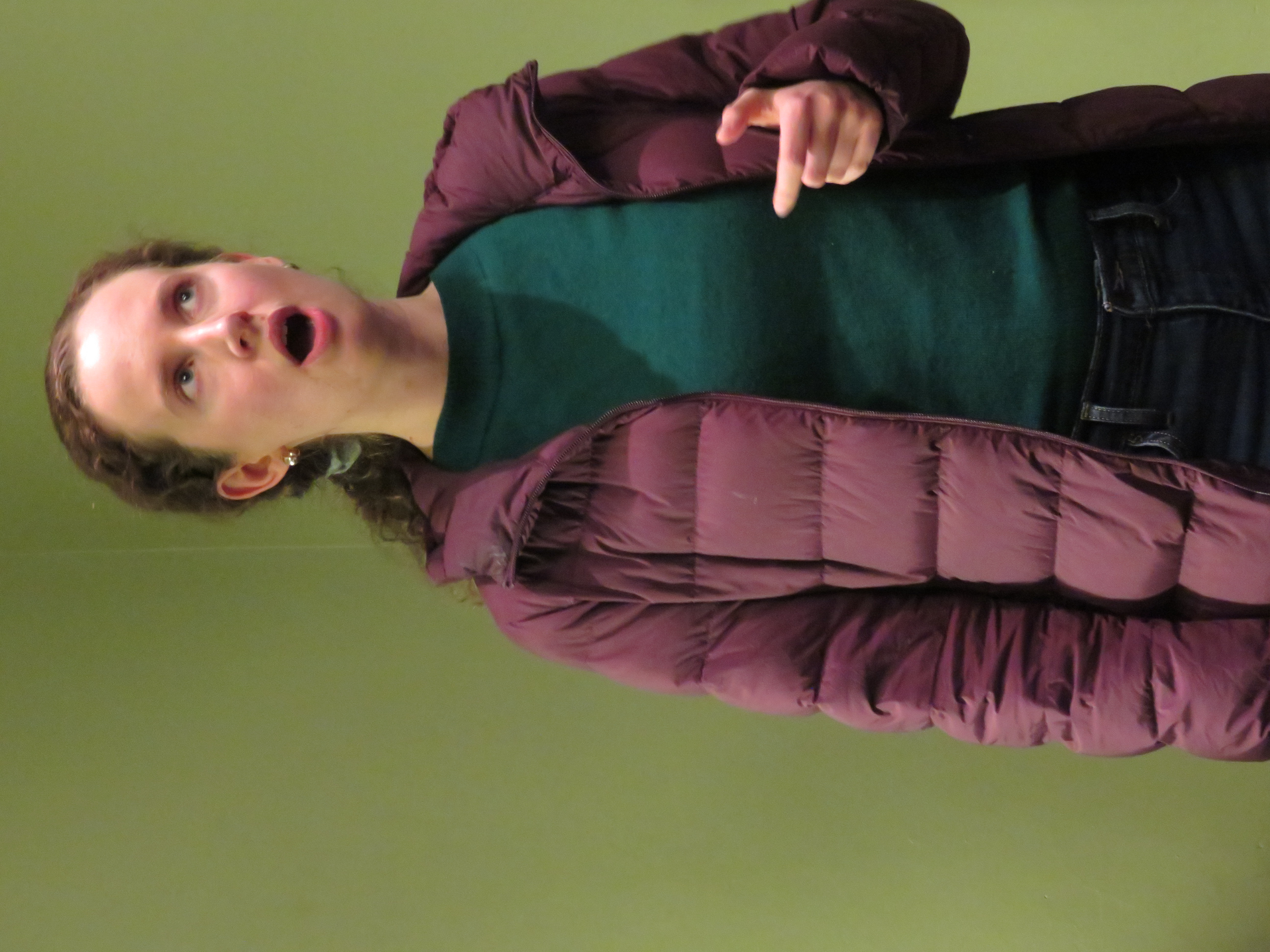
Gemma testing out her “bigger” voice
Let’s look at what resonance is, how it works and how to embrace it.
What is resonance?
The word resonance comes from the Latin resonare, and old French résonance, meaning ‘to sound again’. It is a revibrating or echoing, and air molecules are the most common substances that resonate.
In singing, resonance is generally the volume and quality of tone your voice produces, resulting in a ringing, pleasing sound.
How does resonance in singing work?
Different parts of the body create different types of resonance, depending on whether they are hard surfaces like facial bones and nasal cartilage, or soft like the mouth cavity, throat and trachea (breathing tube).
Resonance begins with the vibration of air flow into body spaces, typically the chest and trachea, larynx (voice box), pharynx (back of your mouth) and oral cavity (your mouth). Your nasal passages also provide some resonance, but if sound only travels into your nose, it will be muffled, nasal and unacceptable to most listeners. The sinuses provide sympathetic resonance, too, which you may feel as a buzz around your face. But it’s your pharyngeal and mouth space – your vocal tract – that provides the full, ringing quality singers strive for. This tract begins at the top of your larynx and curves all the way to your lips. How we shape our vocal tract will determine the resonance, i.e. whether sound waves are amplified or dampened.
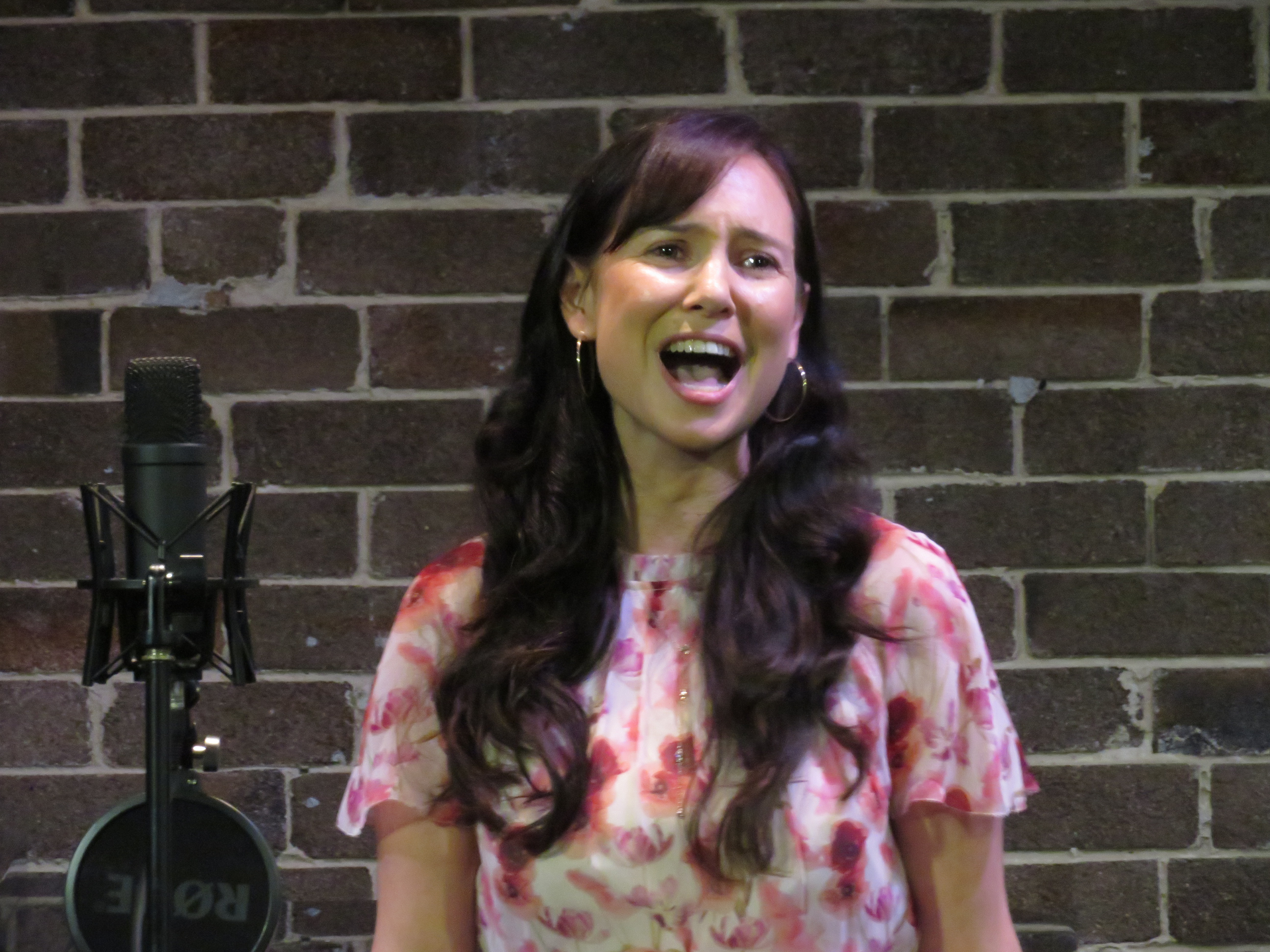
Tina performing Someone Like You in our 2023 Studio Concert
As the sound waves leave your larynx, they flow into your pharynx and mouth. When viewed as a wave spectrum, you’d see energy peaks known as formants radiating in these areas, as you produce vowels. Your articulators – lips, jaw, tongue and soft palate – adjust those sound waves into what the listener hears as pitch, volume, timbre and words.
Resonance can change due to the size of the area that air waves pass through – a child’s vocal tract produces sound that is higher and lighter than an adult male, with his longer, bigger resonance space from throat to lips. Resonance also changes due to the shape of an area, such as in the mouth, when the tongue and lips change shape. If you sing an ‘ee’ vowel, the space in the mouth is different to an ‘ah’ shape. The density of the material air moves through also changes resonance: if your tongue is tight, it will be denser for sound waves to move over than if relaxed and correctly shaped.
Most singing styles need a clear resonance and almost all enjoy a ‘twangy’ forward, bright, clear quality that’s free of tension.
How to create more resonant singing
Resonance as a vocal technique requires work that takes time: to set up dependable breath management, secure pitch and precise vowels. It also comes with common misconceptions that need debunking, as we do on our studio Facebook, Instagram and LinkedIn pages.
Opening the spaces in your throat, mouth and nasal passages, and keeping your articulators free of tension for good resonating sound takes great coordination. Importantly, you need well connected breath flow and aligned posture to support those open spaces and the easy flow of air which becomes sound.
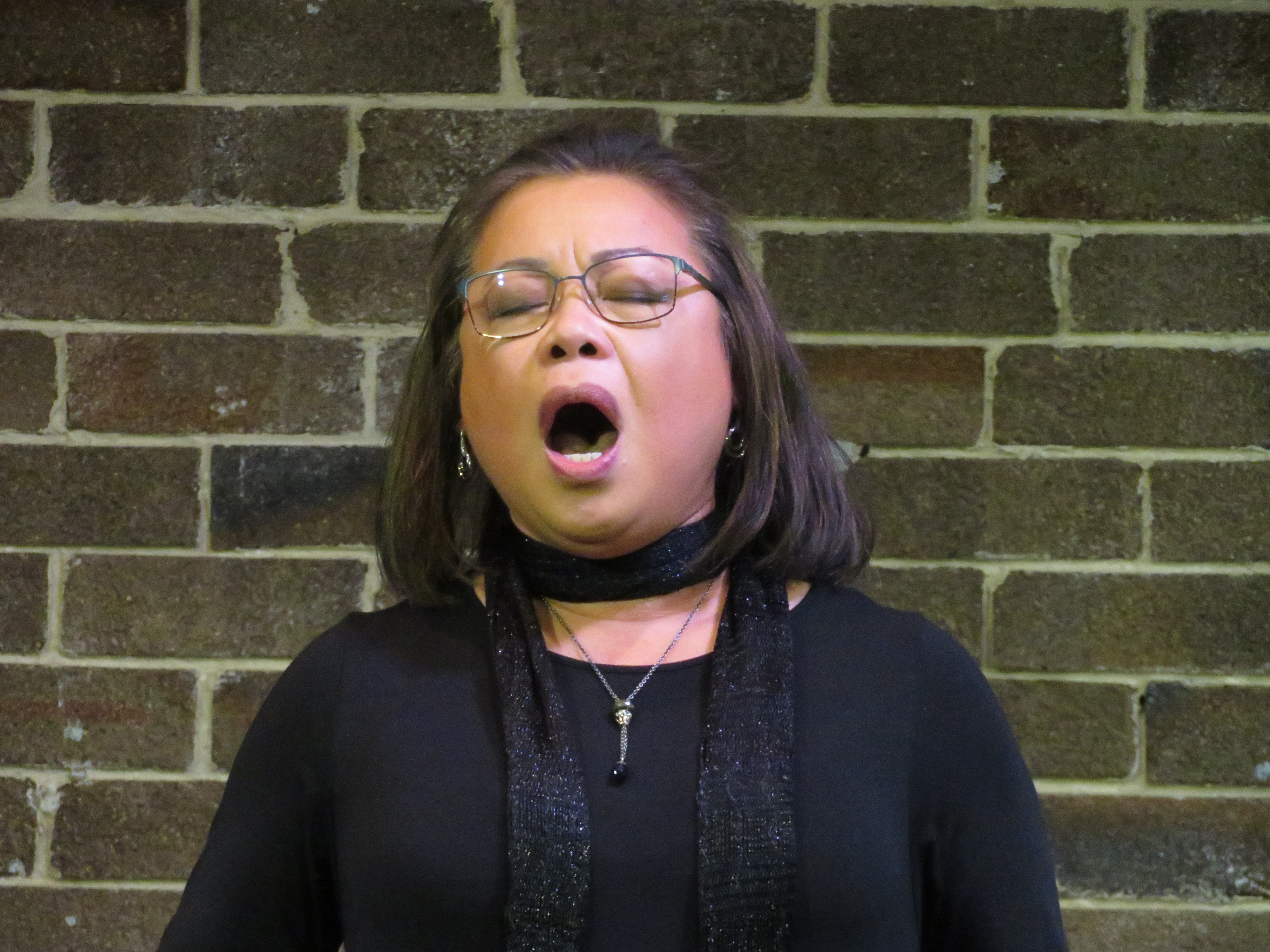
Anne performing in our 2023 Studio Concert
Exercises:
- Try visualising your air flow being propelled forward to get a feel for good resonance. Our studio singers also learn to reverse a resonating sound, through ‘negative practice’: swallowing, or visualising sound at the back of the mouth, and comparing the difference.
- A fun way to explore resonance in your vocal tract is to pretend you’re a ten-foot giant, or Dracula. Open your throat and mouth space as big as possible and say “How Are You?” or “I want to suck your blood!” You’ll find dark, woofy sounds because the whole resonating area is lengthened and widened.
- Conversely, exploring Bugs Bunny sounds such a “Neee … What’s up, Doc?” shortens and narrows your resonating areas for sounds that are overbright, tense and squeezed.
We can also explore balancing resonating spaces through the vocal registers. What difference does it make to strongly raise, or deliberately lower, the soft palate? What happens to the resonating sound when the tongue or jaw are tightened?
Your vocal tone is your signature, so let yourself be heard! You’ll need clear, accurate information and guidance from a trained teacher, like Kathleen Connell, who is experienced in this vital area of singing tuition. Browse the in-person or online lesson options, or call 0402 409 106.
